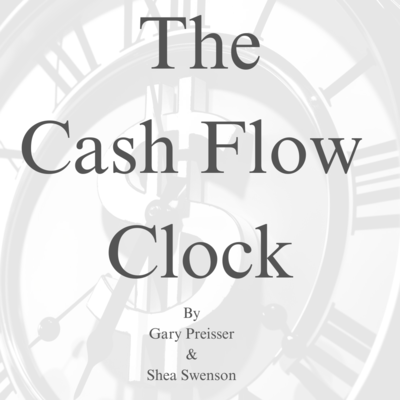The Cash Flow Clock: For Retirees - Book - Page 45

The Cash Flow Clock
Asset Location and the Cash Flow Clock
While asset allocation focuses on maximizing risk efficiency in a portfolio,
asset location seeks to maximize tax efficiency. Tax deferred investments
are taxed only when they are withdrawn from the account. Roth accounts are
not taxed at all. Assets can be bought and sold and dividends can be earned
within these accounts without any tax consequences. Transactions in nonqualified assets (those not in 401k, IRA, or Roth accounts) are subject to tax
consequences as they occur. This alone should play a role in determining
the types of investments we choose in each account.
Any changes in non-qualified accounts should not be made without
accounting for the tax implications. A dividend producing stock may be a
great investment from a risk standpoint. However, if the dividend income is
reported each year, especially at a time when our tax rates are high, it
reduces the benefit of the investment. It’s not just about how much we can
earn. We must also consider how much of it we will be able to keep after
taxes. This can be a challenge with non-qualified assets, a challenge which
the Cash Flow Clock helps us to meet.
If we don’t need to use non-qualified assets for short-term income, then we
can invest in growth assets and hold them for the long term. Real estate and
individual growth stocks are some of the best investments for this bucket.
We don’t want to recognize taxable income if we can avoid it, especially
income that we are not currently using.
We should avoid dividend stocks in non-qualified accounts if we can since
they are taxable each year, even if we reinvest them. Besides, they don’t
give us our best chance for growth.
Rental properties generate monthly income, but depreciation and other tax
benefits can reduce the tax impact on a year-by-year basis.
Growth stocks pay out lower dividends (if any) and provide the highest
opportunity for growth.
No matter which investments we choose for our non-qualified accounts, if
we don’t need them for income, we can let them grow and then pass them to
41